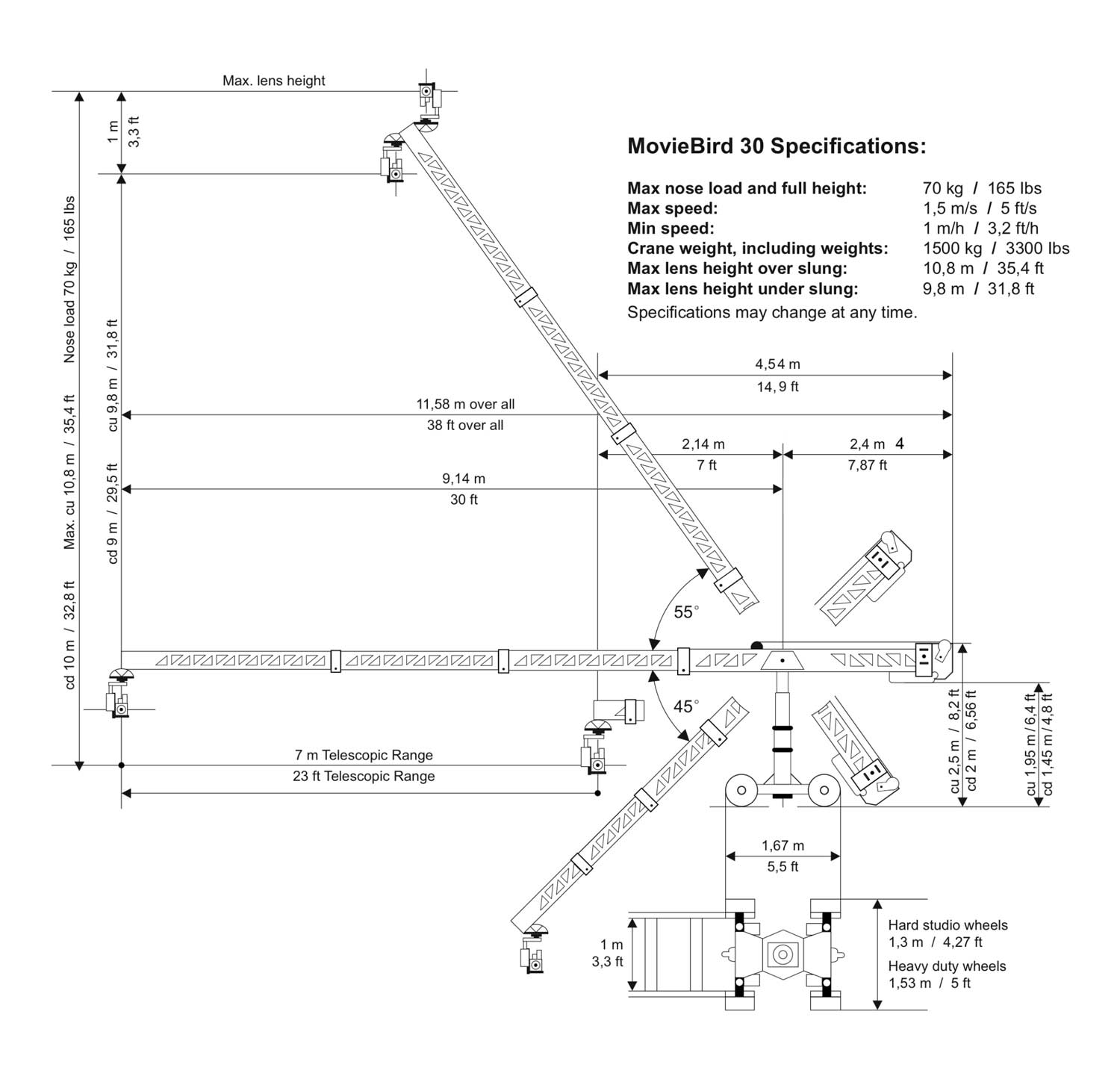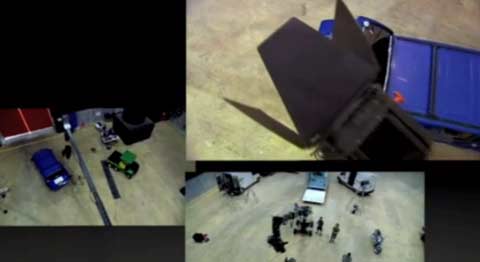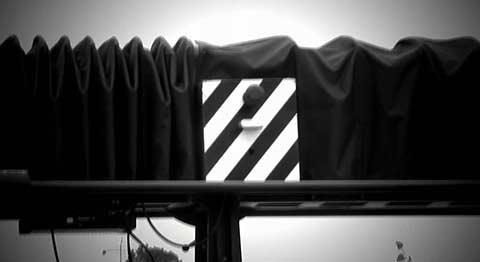The MovieBird Crane still retains the principles of a telescopic crane system. It is designed and built to offer limitless creative possibilities, to reach the most inaccessible places, to manoeuvre in the tightest of corners, telescoping in and out silently for that shot at a moments notice.
High-end digital electronics enable the operator to program the actual range of movement. Nine digitally controlled speed settings with additional smooth logarithmic movement fades.
Leveling system controlled by digital laser encoders ensures that remote is at the true
horizontal position regardless of the speed or complexity of the movement.
The Moviebird is compatible with all Heads supporting Mitchel Plate Mount
MovieBird is fully compatible with all models of Remote Heads and all camera types
from MiniDV to IMAX. For special effects you can even mount moving light sources on it.
MovieBird is completely modular. In the unlikely event of a problem, whatever
and whenever, down-time is kept to an absolute minimum.





